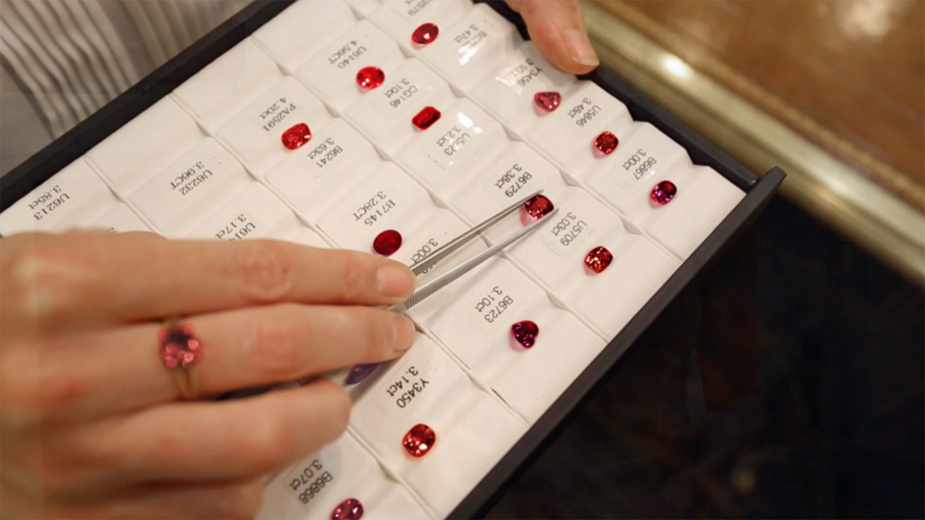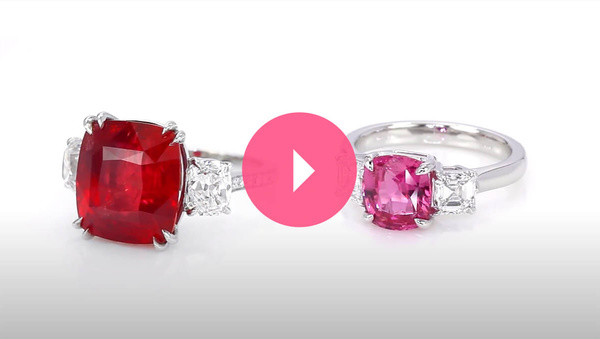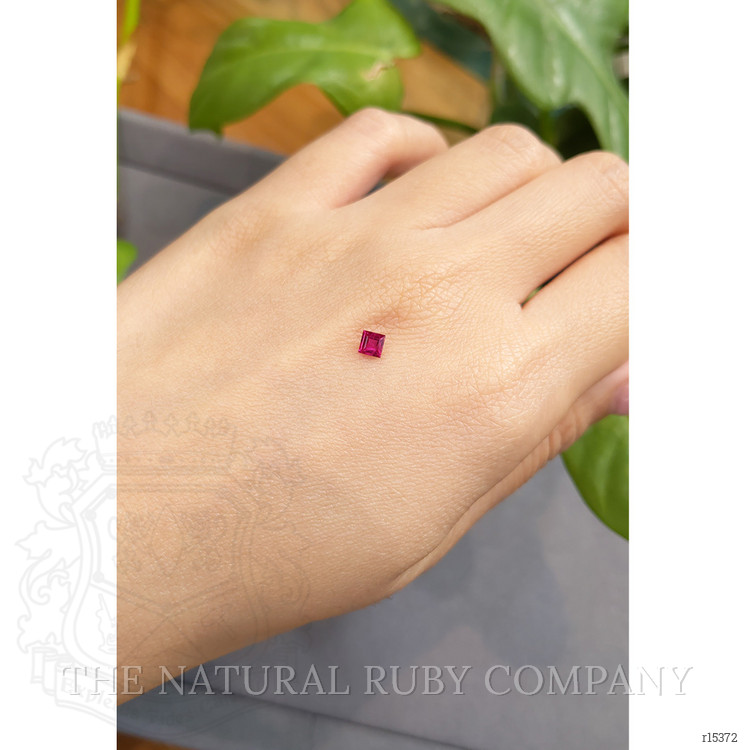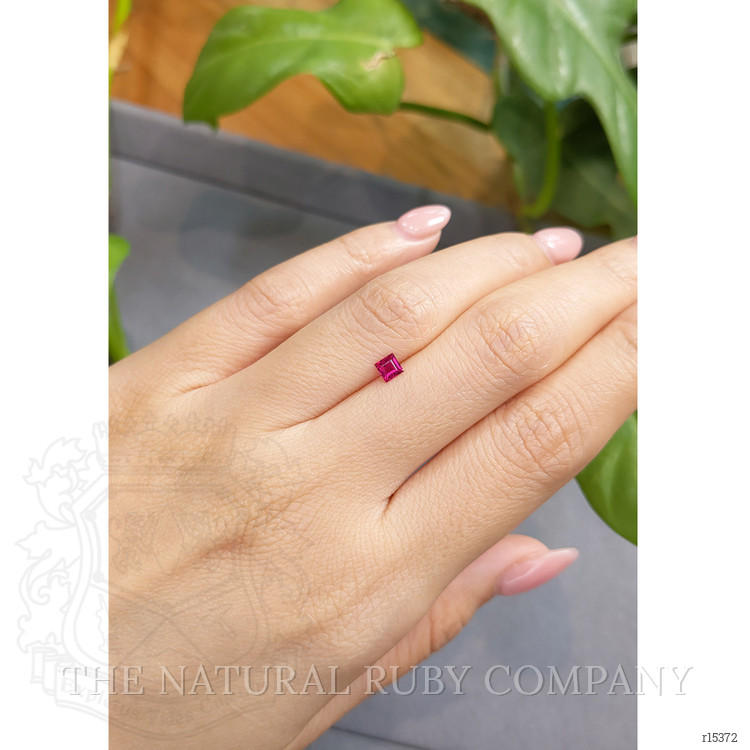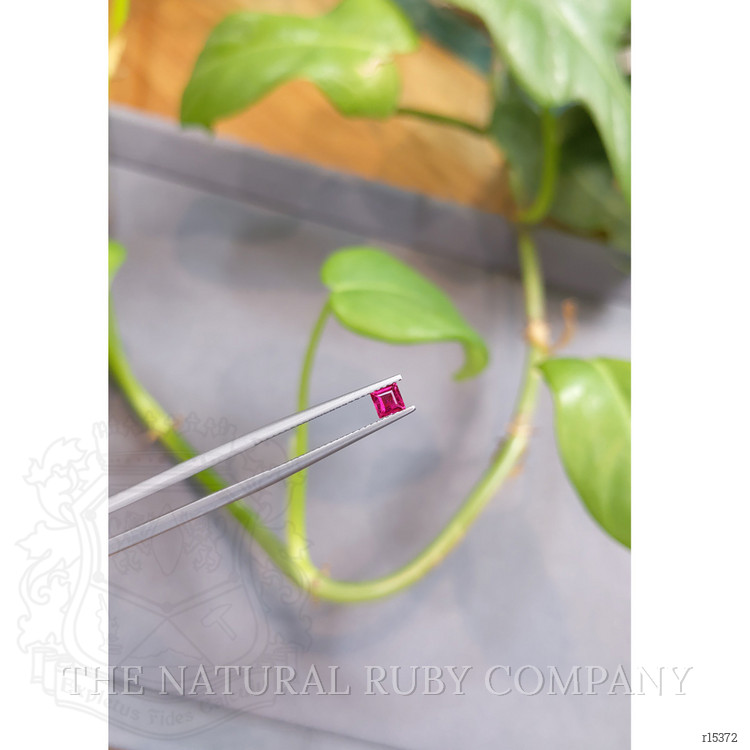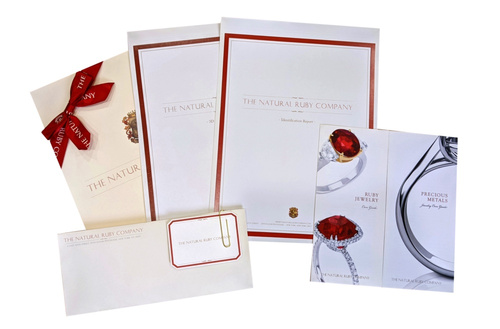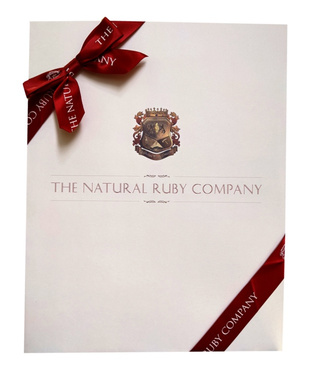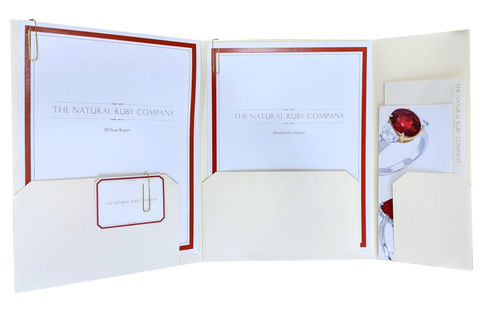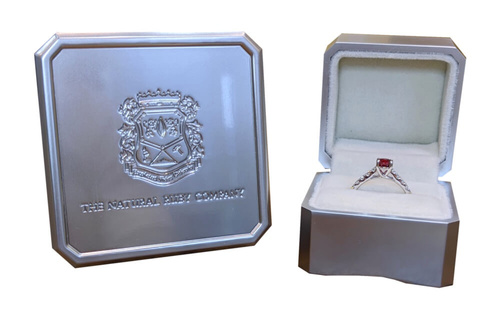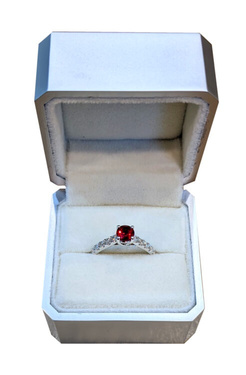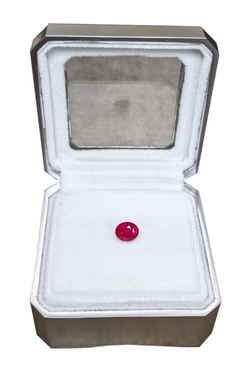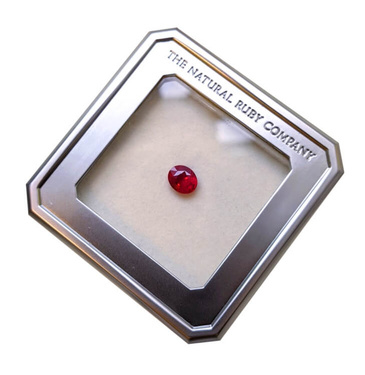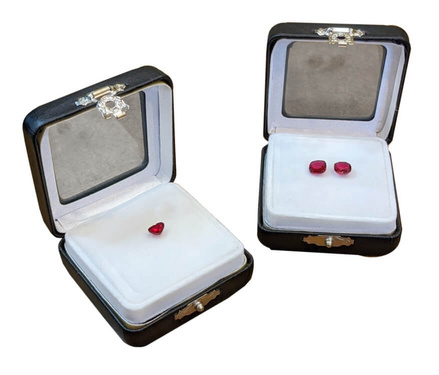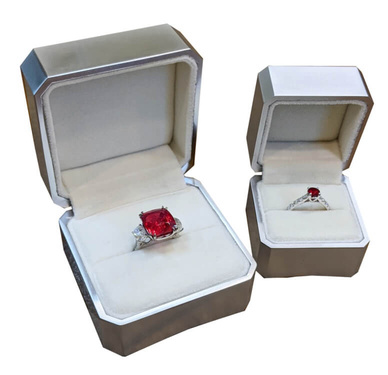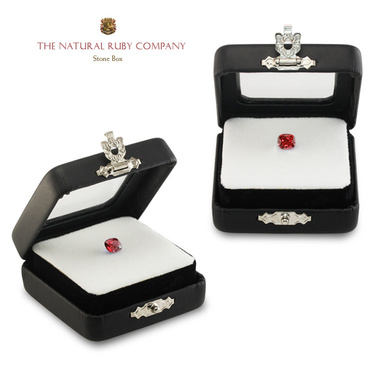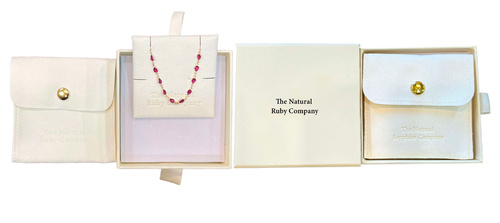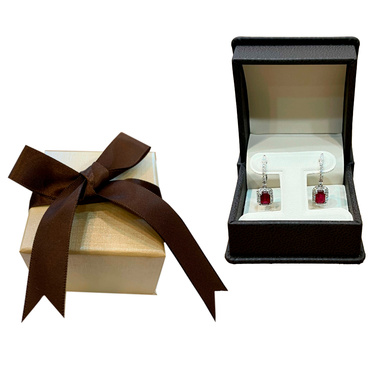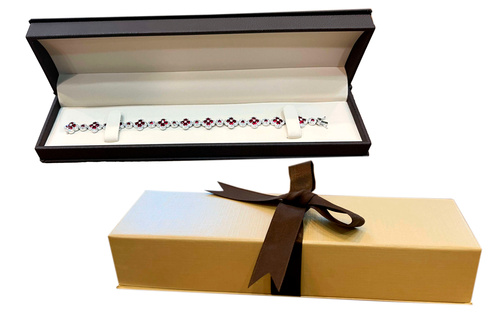- Stone14
- Reports3
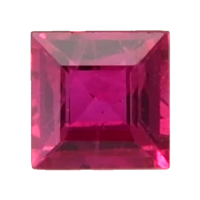

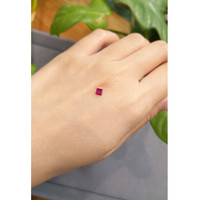
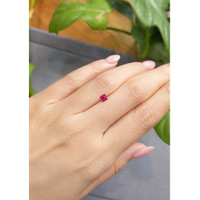
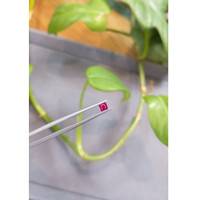
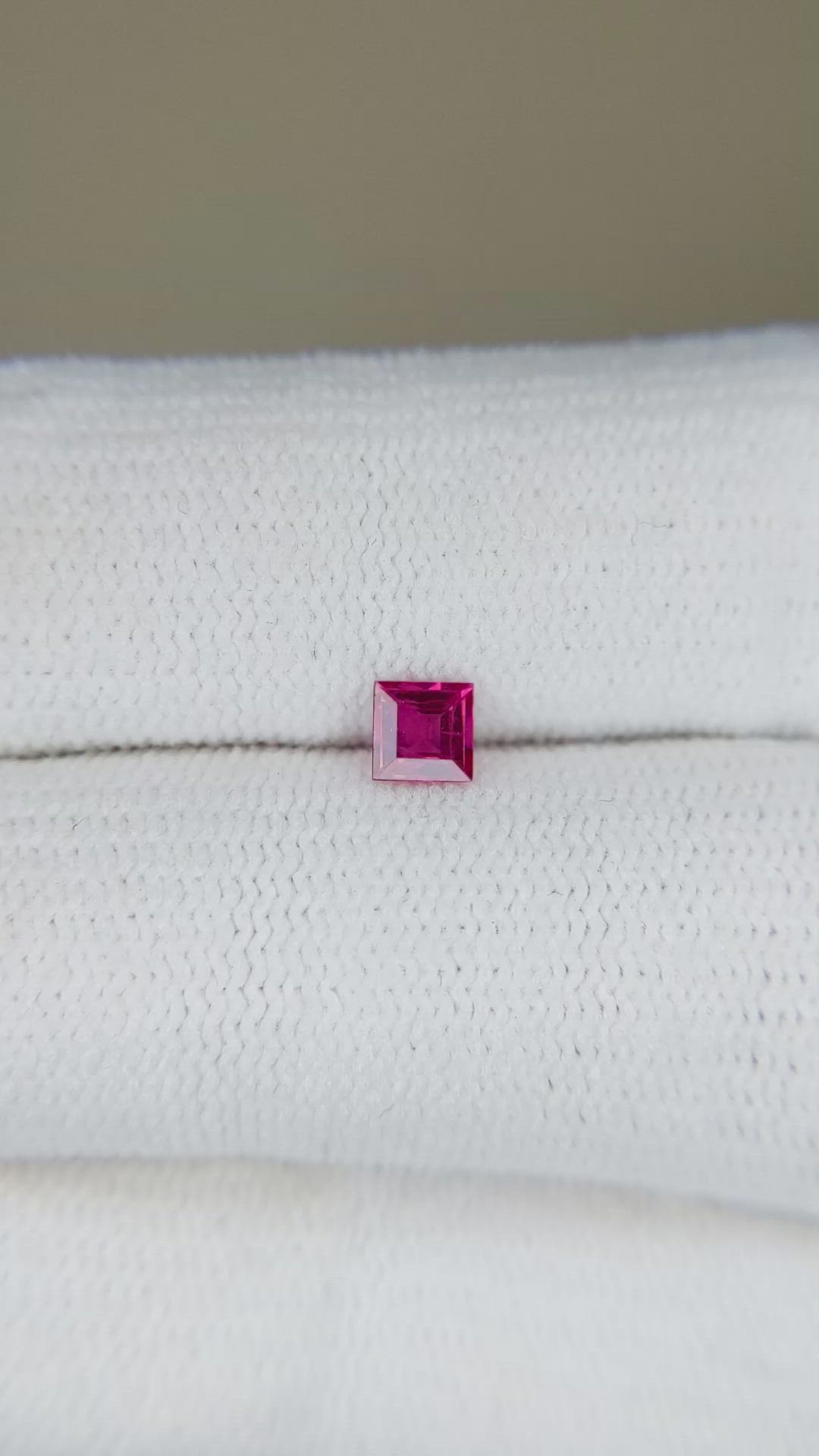
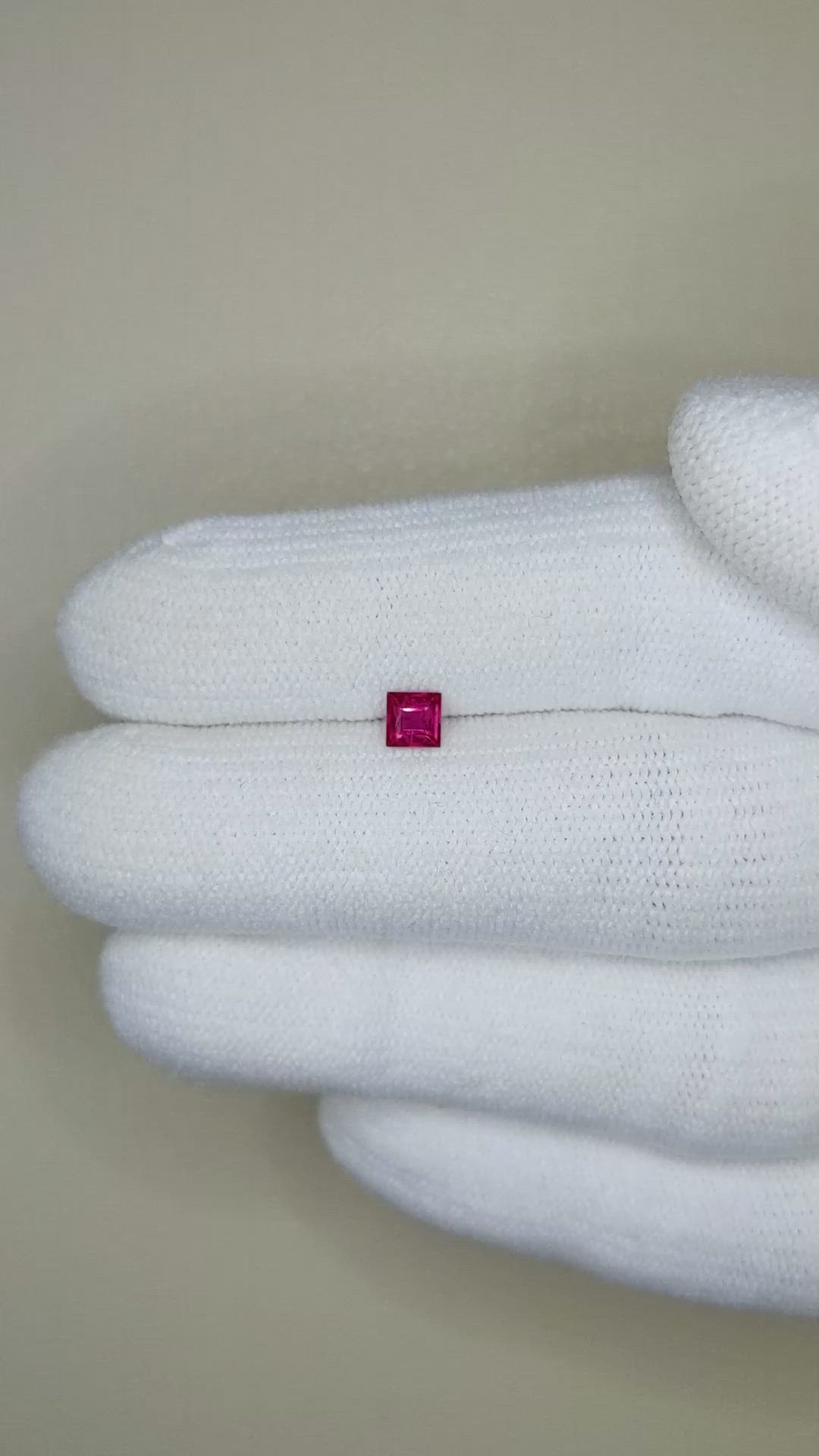
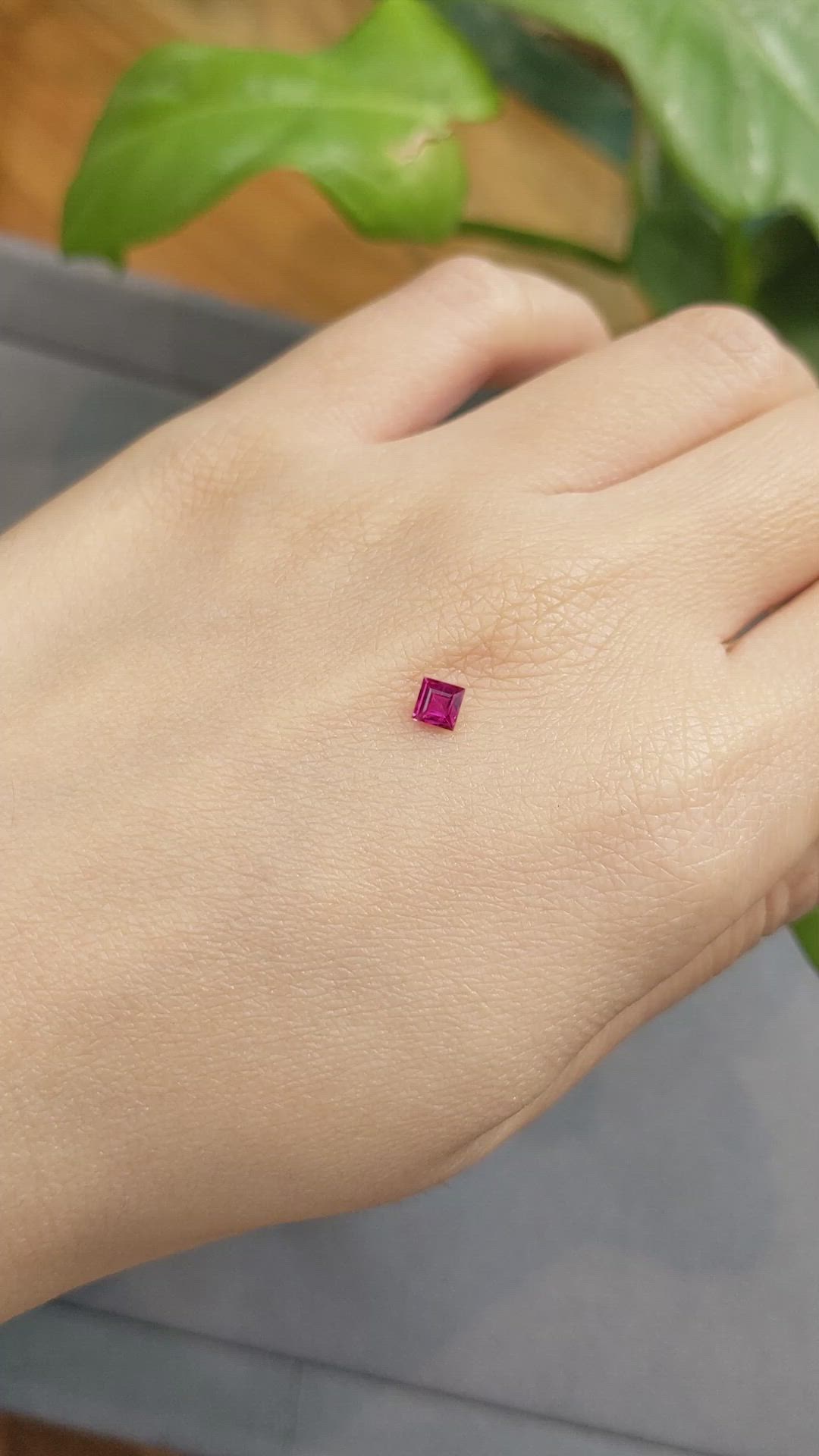
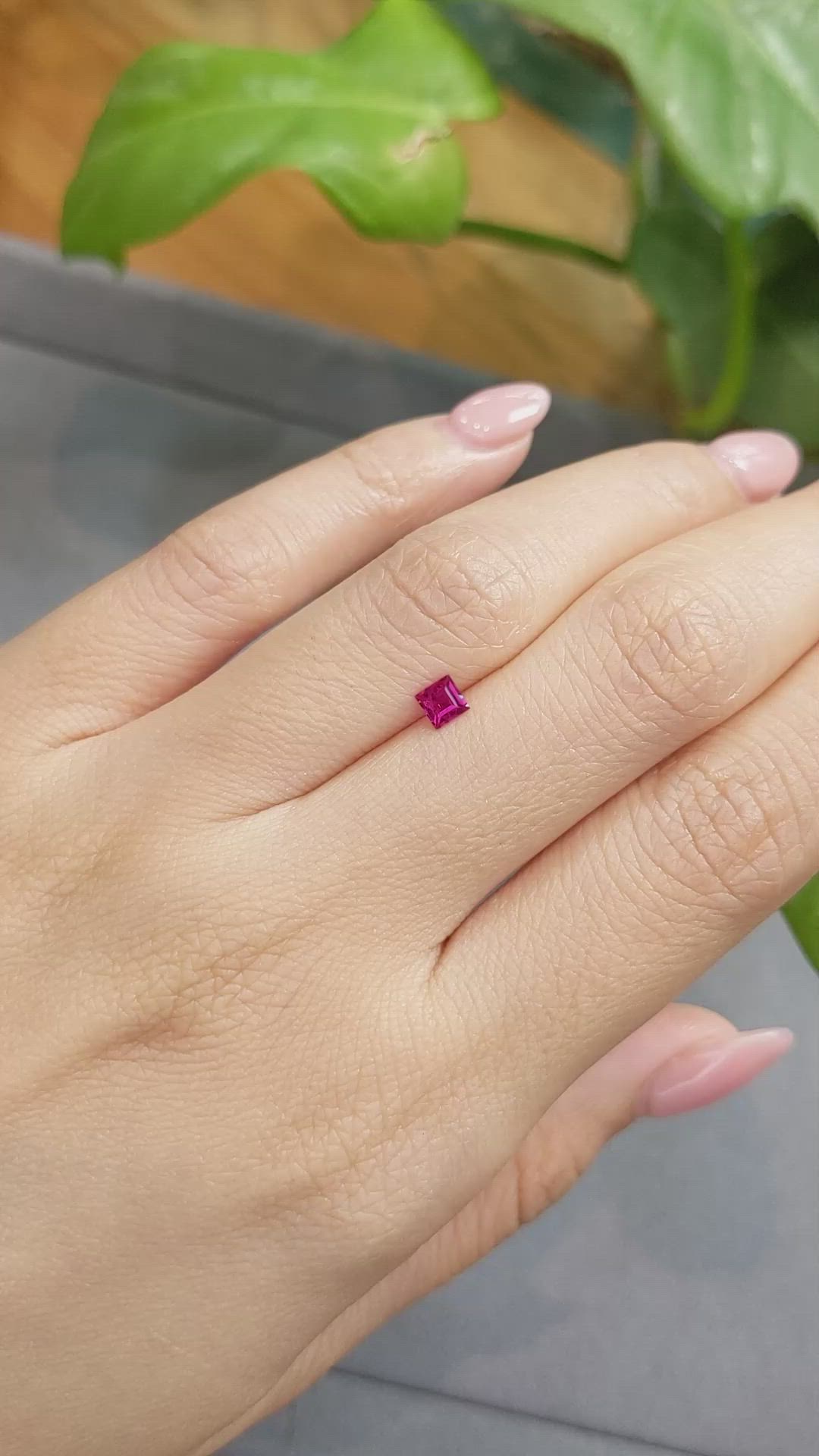
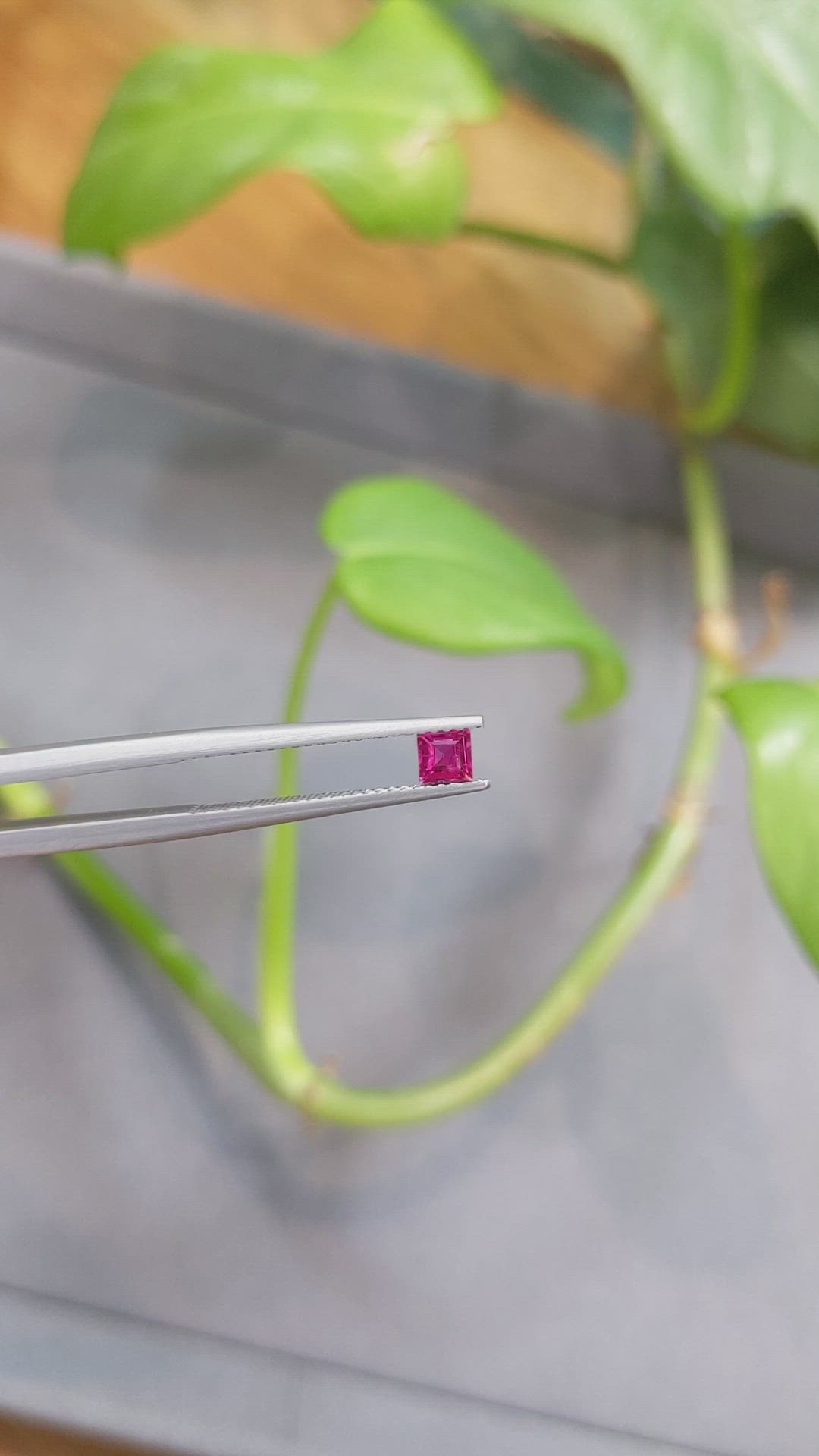

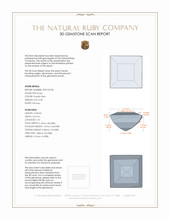
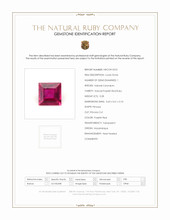
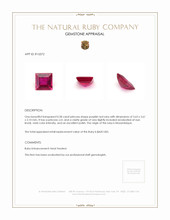
0.28 Ct. Ruby from Mozambique
This loose stone is available to ship now
Item ID: | R15372 |
|---|---|
Dimensions (MM): help | Length: 3.63 Width: 3.61 Height: 2.1 |
Weight: | 0.28 Ct. |
Color: help | Purplish Red |
Color intensity: help | Vivid |
Clarity: help | Very Slightly Included |
Shape: help | Princess |
Cut: | Princess Cut |
Cutting style: | Faceted |
Enhancements: help | Heat Treated |
Origin: help | Mozambique |
Per carat price: help | $1,500 |
As a representative of The Natural Ruby Company, I am pleased to present a finely crafted, transparent purplish red ruby weighing 0.28 carat, with precise dimensions of 3.63 by 3.61 by 2.10 millimeters. The gem is cut in a princess shape, a contemporary square outline that emphasizes symmetry and crisp facet junctions, and it displays vivid color intensity that reads as a strong, saturated purplish red under standard daylight. The overall presentation is one of clarity and vivid hue, qualities sought by collectors and jewelers alike, and the excellent polish enhances the stone surface, allowing the color to present cleanly through the table without surface hazing. The Natural Ruby Company discloses that the stone is heat treated, a common and stable enhancement applied to rubies to improve color uniformity and remove brownish overtones, and the origin is Mozambique, a locality known for producing rubies with attractive saturation and modern market appeal.
The princess cut of this ruby plays a central role in its optical performance, with its square outline and pavilion faceting producing a balance of brightness and geometric scintillation. Compared to traditional brilliant cuts, the princess cut uses more angular facets that channel light into larger flashes, creating a distinctive play of light that reads as crisp flashes rather than the small scintillation characteristic of round brilliants. The excellent polish recorded on this gem means that facet junctions are smooth and reflective, minimizing light leakage that can dull apparent brightness, and the shallow pavilion depth relative to the table size in a well executed princess cut tends to produce controlled light return that emphasizes color rather than overpowering dispersion. For buyers who favor a modern, architectural aesthetic, this shape provides a clear, jewel like face up appearance, and it adapts well to both bezel and prong settings, where the square geometry can be highlighted or softened according to design intent.
Clarity is a primary consideration for educated buyers, and this ruby is graded very slightly included when evaluated at eye level, a description that signals small, localized inclusions that do not detract from overall transparency or durability in ordinary wear. In natural rubies, common inclusion types include mineral crystals, fine rutile needles often referred to as silk, and healed fractures, and in many instances these features can actually confirm natural origin and contribute to the gemological story of the stone. The present specimen remains visually clean to the unaided eye across the table, and the inclusions do not interfere with the gem s light path, which preserves strong color saturation and even appearance. The disclosed heat treatment is standard practice in the trade and is stable under normal conditions, applied to enhance color and clarity without compromising structural integrity, and it is fully declared in our description to ensure transparent, ethical disclosure for the buyer.
When comparing reflective qualities to other gemstones in the same category, several technical points are useful for the informed purchaser. Ruby is a variety of corundum and has a refractive index in the range of approximately 1.762 to 1.770, a level that produces notable brilliance while maintaining color depth. Sapphire, also corundum, shares a very similar refractive index and therefore can show comparable light return when cut equivalently, but color differences will determine perceived brightness, with very saturated rubies appearing deeper and less highly scintillating than paler sapphires. Spinel, by contrast, typically has a slightly lower refractive index around 1.718 and a lower dispersion, which often results in a softer, more glass like brilliance and a more open, lively appearance in smaller sizes. Garnet family members vary widely in refractive index from about 1.72 to 1.94 depending on species, so reflective behavior can range from modest brilliance to very high light return for those garnets with higher indices, but garnets generally lack the specific red tonality and corundum type depth found in fine rubies. Diamond has a refractive index of about 2.417 and significantly higher dispersion, which produces the famous adamantine brilliance and strong fire that corundum cannot match, yet ruby offers a richer body color and a different kind of optical appeal that is prized for color intensity rather than spectral fire. In practical terms, the princess cut of this ruby renders light in larger, geometric flashes, so when placed beside a similarly cut spinel or sapphire of equal dimensions, the ruby will read as more intensely colored and slightly less sparkly in terms of tiny scintillation, while still returning substantial brightness due to corundum s refractive properties.
For an educated buyer considering value, this stone represents a balanced combination of color, cut, clarity and provenance, factors that together influence market desirability. The vivid purplish red hue from Mozambique places the ruby in a competitive position among commercially sought stones, and the modest carat weight of 0.28 carat in a princess cut is ideal for fine detailed jewelry such as solitaire accents, three stone rings, or as a centered stone in delicate modern designs. Care recommendations are straightforward, since corundum ranks 9 on the Mohs scale and is highly durable, though removal during rough manual tasks and avoidance of harsh chemical exposure will preserve polish and color. The heat enhancement is stable, but buyers should be informed that cleaning with warm soapy water and a soft brush is preferred, and ultrasonic cleaning is generally acceptable for heat treated corundum unless specific filled fractures are present. At The Natural Ruby Company we emphasize transparent disclosure, and we welcome inquiries for additional gemological documentation, custom mounting recommendations, and close up imaging to assist in design planning, ensuring that your purchase aligns with both aesthetic goals and long term value considerations.

